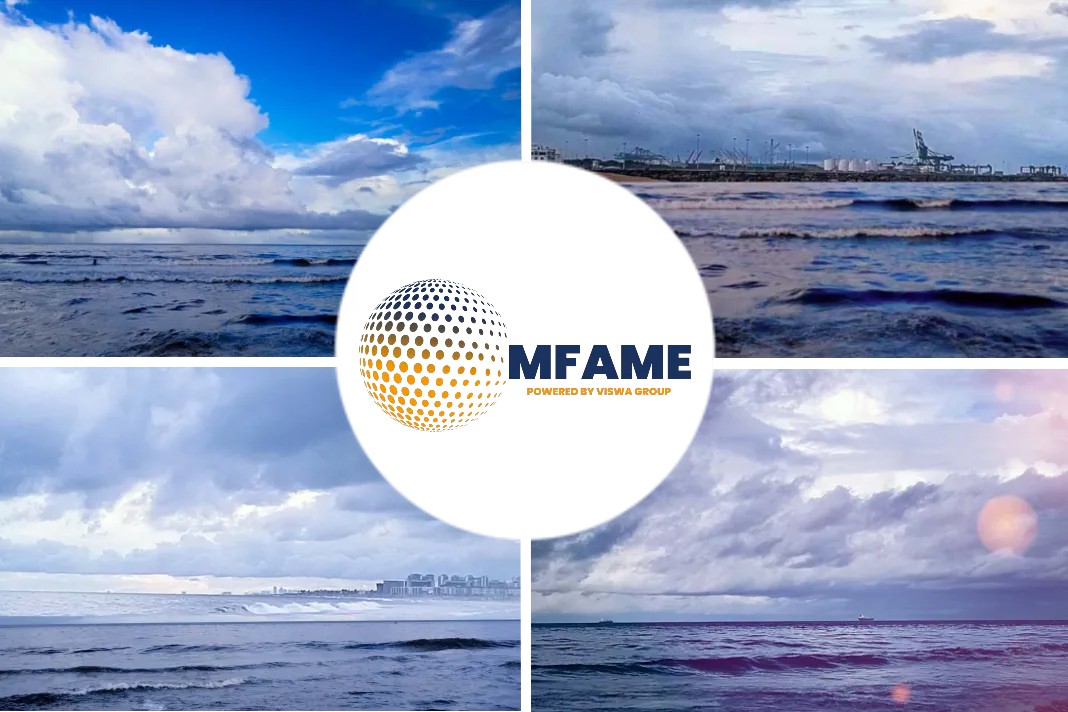UK Foreign Secretary Boris Johnson paid a special visit to Coldharbour Marine recently as the ballast water treatment system manufacturer’s facility in Nottinghamshire gears up for significant export-oriented production. Coldharbour Marine has spent more than ten years researching and developing the system based on unique patented in-tank inert gas technology, which is now undergoing rapid commercialisation.
Boris Johnson’s timing was no coincidence. The International Maritime Organization’s Ballast Water Convention finally enters force on September 8 this year, triggering a five to seven year period over which thousands of vessels will require the installation of ballast water treatment systems as the regulatory deadlines for compliance fall due.
The Coldharbour Marine system is designed specifically for large tankers, bulkers and gas carriers. Accordingly, it takes into account critical ballast requirements for such vessels: the very high ballast pumping rates needed for cost effective terminal operations; very large ballast volumes requiring uninterrupted ballasting/deballasting; and the extended ballast voyages that pose the risk of costly organism regrowth.
Andrew Marshall, Coldharbour Marine’s CEO, told the Foreign Secretary that the company’s strategy is to focus on large vessels for which other treatment systems based on ultraviolet or chlorination technologies, for example, are not always suitable. Indeed, he said, Coldharbour Marine had been the first company to install a working system on a VLCC, in 2012 which demonstrated that the BWT systems would operate successfully without disrupting any aspect of the vessel’s normal commercial operations.
The majority of large existing vessels in the company’s target range are owned outside of the UK, while Mr Marshall said that new tankers, bulkers and gas carriers are almost all built in China, Japan or South Korea, meaning that the company’s business will be entirely export-oriented. However, he emphasised that Coldharbour Marine’s suppliers are virtually all local manufacturers with sites within a 50-mile radius of the company’s Linby plant.
Unlike most other systems which treat ballast water during ballasting, Coldharbour Marine’s technology is based on using a marine Inert Gas Generator to treat the ballast water during the voyage, without the use of in line filtration. This has several clear advantages for vessel operators, Mr Marshall pointed out, including the fact that there is no potential disruption to cargo operations through filter blockage or system failure which would otherwise result in delays and significant extra costs for vessel operators. In voyage treatment also eliminates the risk of marine organism re-growth, even on the longest ballast legs, he added.
By selecting a technology based on inert gas, Mr Marshall believes that tanker and LNG crews will have no difficulty in successfully adopting, operating and maintaining the Coldharbour BWTS equipment, given that most crews will already be familiar with this. Moreover, the technology is green because it does not require the use of any “active substances” such as sodium hypochlorite (bleach), chlorine hypochlorite or ozone.
Did you subscribe for our daily newsletter?
It’s Free! Click here to Subscribe!























